









 HFW, London
HFW, London Integrated workplace strategy has become a guide for informed and impactful office design. It is the foundational pillar on which the journey of a project – from concept to construction – is built. As specialists in workplace design, we understand the importance of this approach and how it can help shape environments that exceed the needs of today’s businesses.
Modern offices are no longer cubicles and conference rooms. When strategically designed, they can become dynamic spaces that enable creativity, collaboration and innovation. This article explores the important connection between workplace strategy and design, and the value they can bring when delivered in harmony.
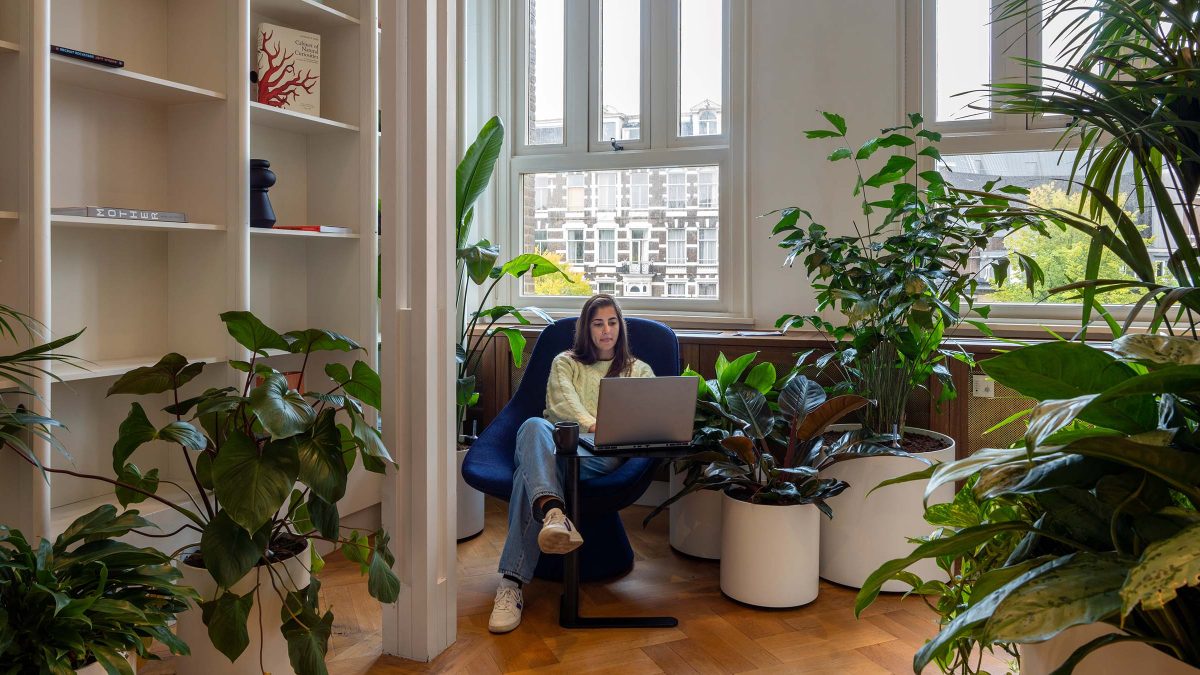 Miro, Amsterdam
Miro, Amsterdam Before the first blueprint is drawn or colour palette selected, workplace strategy informs and enriches every step of the creative journey. Workplace strategists and interior designers integrate organisational goals, employee needs, space utilisation, technology and sustainability to create an ecosystem where people are engaged and work flourishes.
Workplace strategy and design combine a multifaceted approach that carefully considers various elements. Let’s delve into the key components that contribute to creating an optimal work environment.
An effective workplace strategy starts with a clear understanding of an organisation’s goals and objectives. This involves aligning the physical workspace with the company’s mission, vision and values. Where relevant, integrating organisational culture into an office interior design can make the workspace a tangible representation of its identity and aspirations.
Strategy workshops help bring stakeholders together to forge a collective understanding. Sometimes, resistance to change is embedded in deeper roots, and our role is to carefully unearth those challenges and transform them into stepping stones for growth.
Analysing current needs and future preferences is essential to creating a workspace that genuinely empowers people. A well-designed office layout considers factors such as comfort, flexibility, collaboration and more. By balancing areas for different needs, organisations can support the unique requirements of a diverse workforce.
From employee surveys to face to face interviews, both qualitative and quantitative research is important – it’s about connecting the dots between wants and requirements. While an organisation might ask for x number of desks, the true need likely lies in the behaviours it is trying to encourage. We uncover the essence of how people work now and how they’ll want to work in the future, to help spaces amplify their potential.
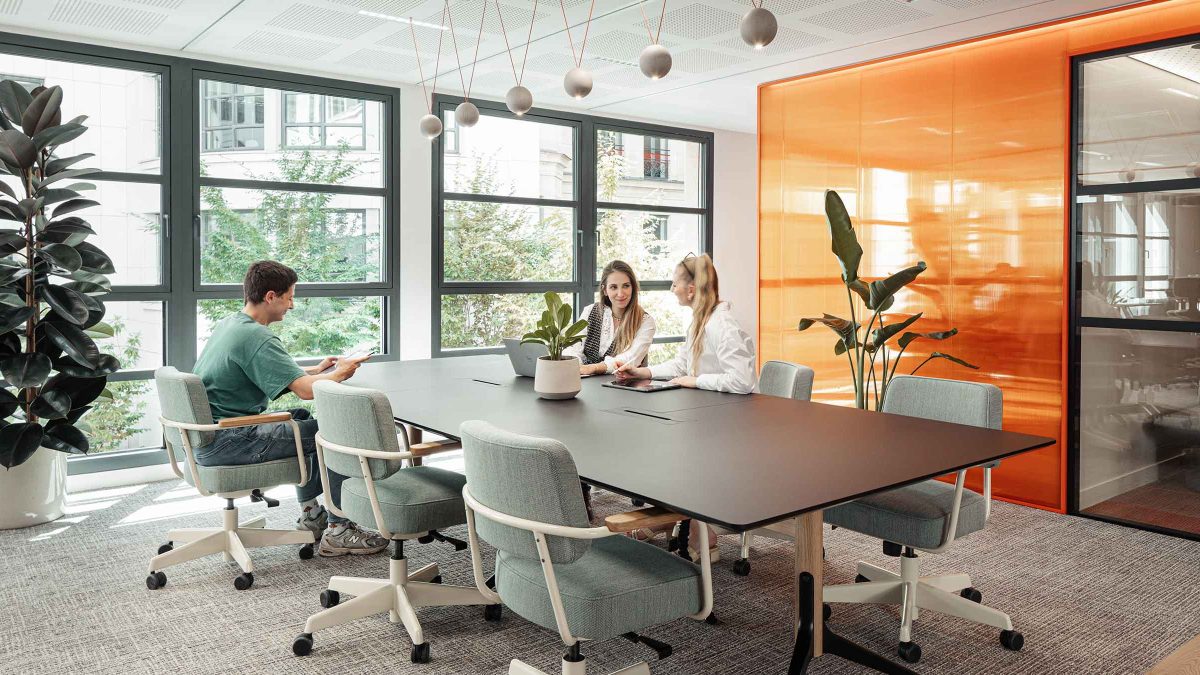 M Moser, Paris
M Moser, Paris 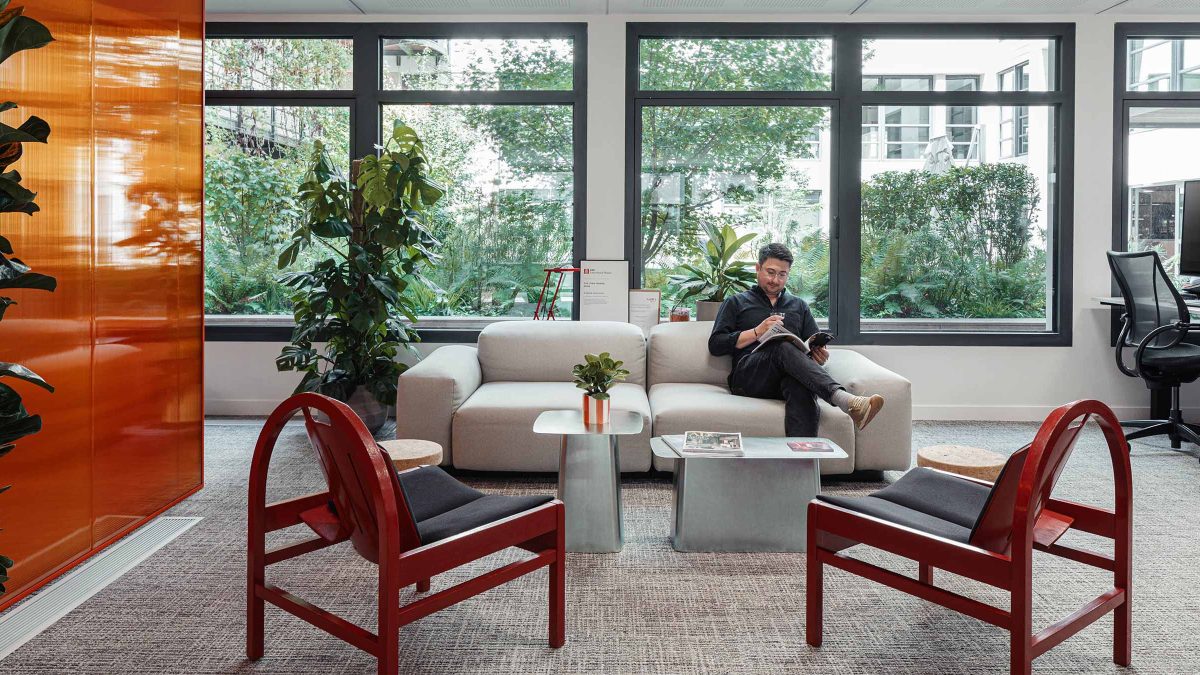 M Moser, Paris
M Moser, Paris Efficient space utilisation is a critical aspect of workplace design. Analysing how space is currently being used and identifying opportunities for improvement can result in better productivity and greater ROI. An optimised office design layout considers factors such as space utilisation, traffic flow, zoning and efficiency.
Technology has become integral to modern offices, enabling seamless communication, collaboration and productivity. Workplace strategy and design must integrate cutting-edge technology and robust infrastructure to support the evolving needs of employees. This might include using sensors and monitoring workplace utilisation patterns to gain insights for adapting the space.
Workplace strategy and design must also prioritise sustainability and wellbeing. Sustainable design practices, such as energy-efficient lighting and materials, can help promote environmental stewardship. Moreover, elements like natural light, ergonomic furniture, sensors, HVAC systems and wellness areas contribute to physical and mental wellbeing. Workplace strategy can capture which elements are essential, ‘nice-to-have’ and not needed.
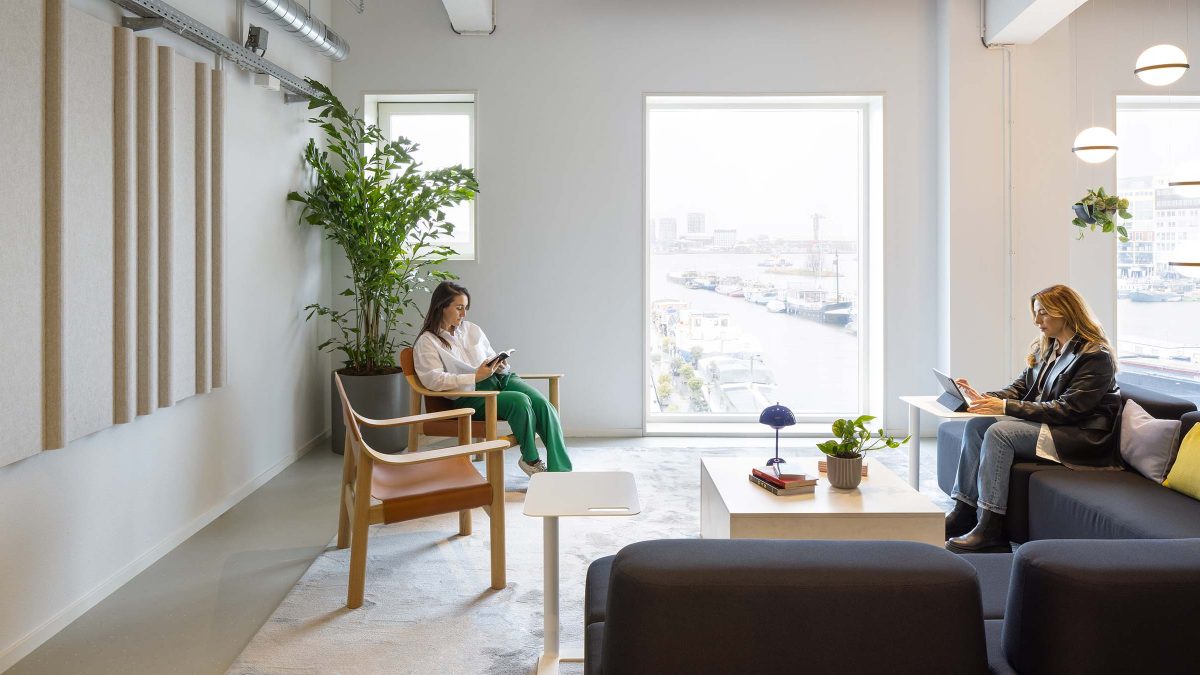 Personio, Amsterdam
Personio, Amsterdam Implementing effective workplace strategy and design requires careful planning. Here’s how our team can help:
Workplace strategy and design can streamline the process of designing an office space to create functional and inspiring workspaces that align with employee needs and organisational goals.
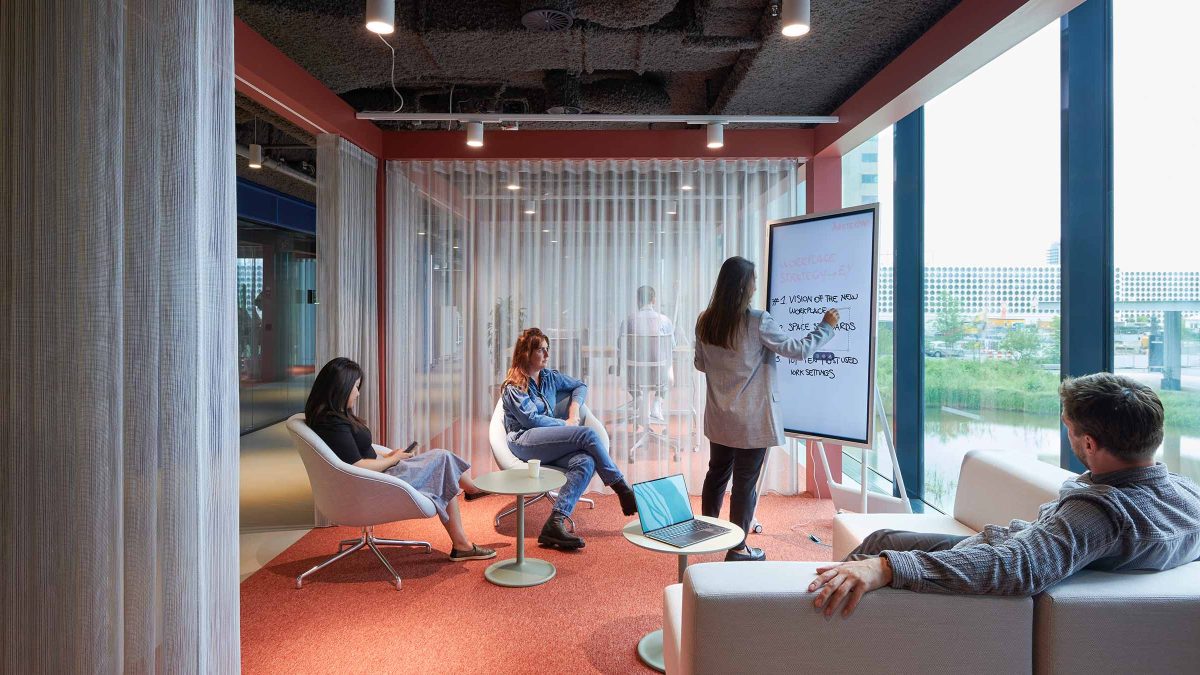 EY, Amsterdam
EY, Amsterdam 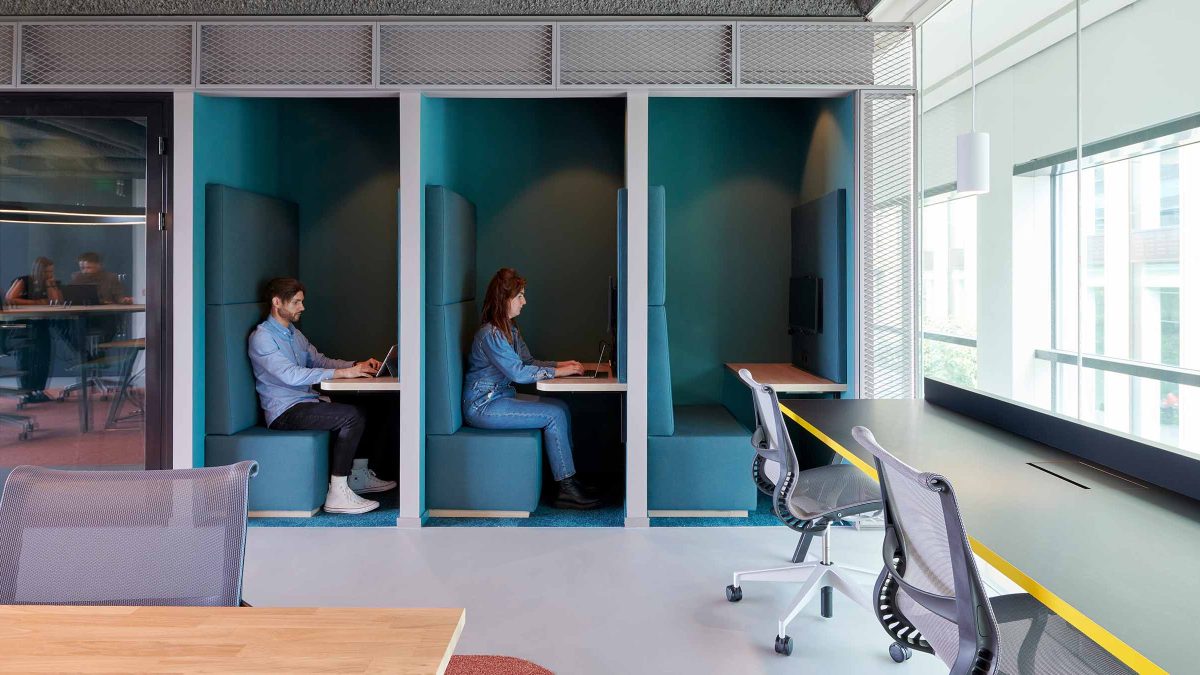 EY, Amsterdam
EY, Amsterdam A well-executed workplace strategy and design can yield numerous benefits for organisations and their employees. Here are some of the key advantages:
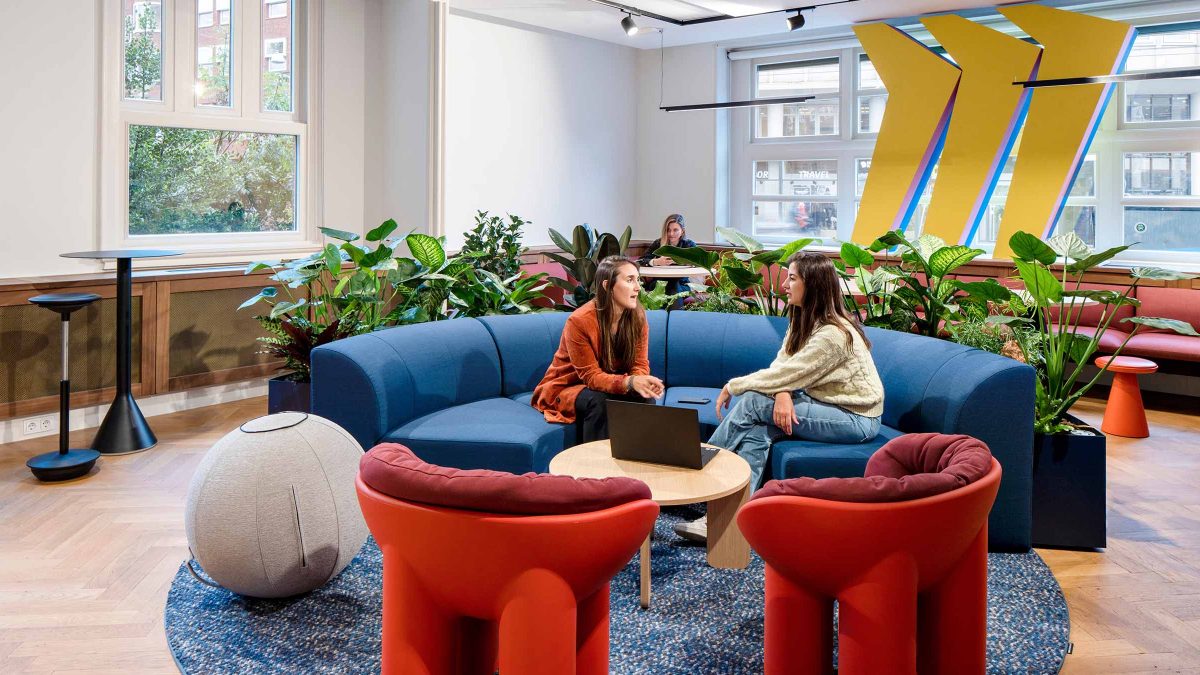 Miro, Amsterdam
Miro, Amsterdam Workplace strategy and design are essential considerations for organisations striving to optimise their operations, productivity and employee wellbeing. At M Moser, we understand that each business requires a tailor-made approach that aligns with its goals and culture. Our methodology revolves around understanding your objectives, then crafting a strategic roadmap that navigates the path forward. It’s about dissecting challenges and pinpointing the catalysts for change.
If you’d like to learn more about our workplace strategy and design services, please contact the team.